Freezing Rain, Sleet.
Ice and Climate Change
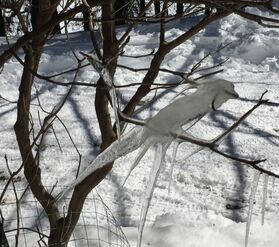 Ice "created" a bird with ice.
Ice "created" a bird with ice. 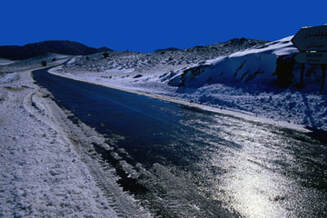
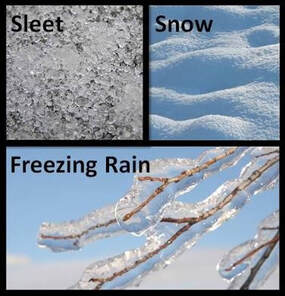
As both the freezing rain, as well as the sleet, will settle on branches and phone and power lines, a lot of weight will be added and the possibility of snapping without warning is always there. I could see how the branches of our pine trees moved closer and closer to the ground, almost touching it. In early Fall, storms like these can be particularly damaging to trees if they have not yet shed their leaves. The surface area of a fully leafed tree is many times greater than a bare one. So an early Fall ice storm will greatly increase the tonnage of weight on the limbs and roots.
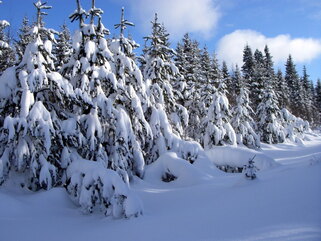
Extra attention should be paid to evergreens planted within striking distance of the house for this reason. They are particularly susceptible to snow loading and wind, precisely because they don’t shed their leaves in the Fall. One might think that they would have evolved growing patterns to avoid this from happening over millennia, but realize that this doesn’t necessarily apply here. Most of the plantings that we have around us are cultivars from all around the world. They didn’t probably evolve under your local conditions, and may not be suitable for these conditions. But they look good, so we plant them. If you have evergreens around the home, they need to be maintained so that wind can pass through them and unstable limbs are removed before they cause a problem (see also post of April 2018 “The fork in the tree”).
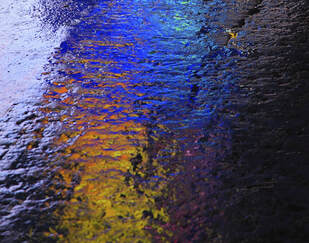 Black Ice
Black Ice 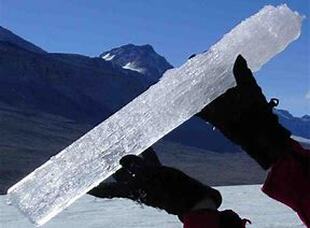
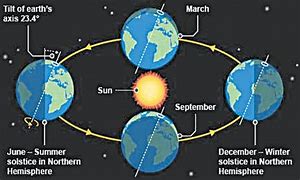
 Ice Core with layers like tree rings.
Ice Core with layers like tree rings. 
Like the study of tree rings- which is known as dendrochronology, we can now accurately measure ambient sunshine, rainfall and temperatures going back a couple thousand years in some areas. It can even inform us in some cases of the exact dates of construction of human settlements in places where our ancestors built communities, or where natural events or catastrophes buried and preserved forests.
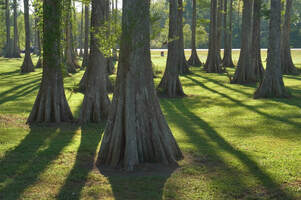 Cypress Forest
Cypress Forest  Sunken City in the Golf of Khambhat
Sunken City in the Golf of Khambhat In just the fields of anthropology and genetic analysis, there is data that convincingly shows that human migrations out of Africa and eventually across the entire globe, were largely dependent on climate changes and falling and rising sea levels. Today we believe that humans only migrated for the first time to the Americas around 12,000- 15,000 years ago over the Bering Sea land bridge from Asia, when sea levels were low enough that there was land to cross over. The sea levels have been rising ever since.
Archeological data records submerged neolithic structures all over the globe, that have been inundated by rising seas. There are examples like:
- The Sea of Galilee in 2013, as reported by CNN 4/23/13, a stone structure 30 feet below sea level, perhaps 2,000- 12,000 years old, constructed by 60,000 tons of stones, appearing to be man-made
- In the Khambhat Gulf on the western shore of India, the India Oceanic Institute, conducting a 2001 pollution study found the remains of a 5 sq/mile city constructed along ancient river channels and now submerged under 170 feet of water and estimated to have been inundated 9,000 years ago
- In 1987 off Yonaguni Island, Japan, scuba divers discovered cut and shaped monumental stone structures 60- 100 feet underwater, believed to be submerged since the retreat of the last ice age.
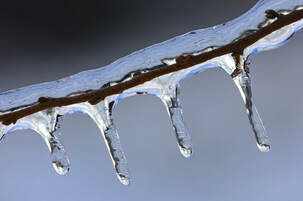
So we started here by observing the freezing rain we are now experiencing and how nature works and affects us, and ended up discussing global climate change. If you think that the rain and ice today are no longer important after they evaporate away, I hope you realize that they are. Our weather today will inform our future understanding of our climate.

Angry because these five blind mystics were clearly wrong, the king had them all put to the sword. Often, I feel we are all like these blind men.
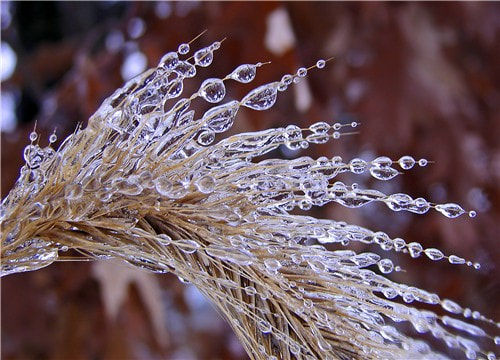
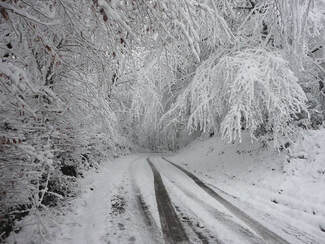
 RSS Feed
RSS Feed